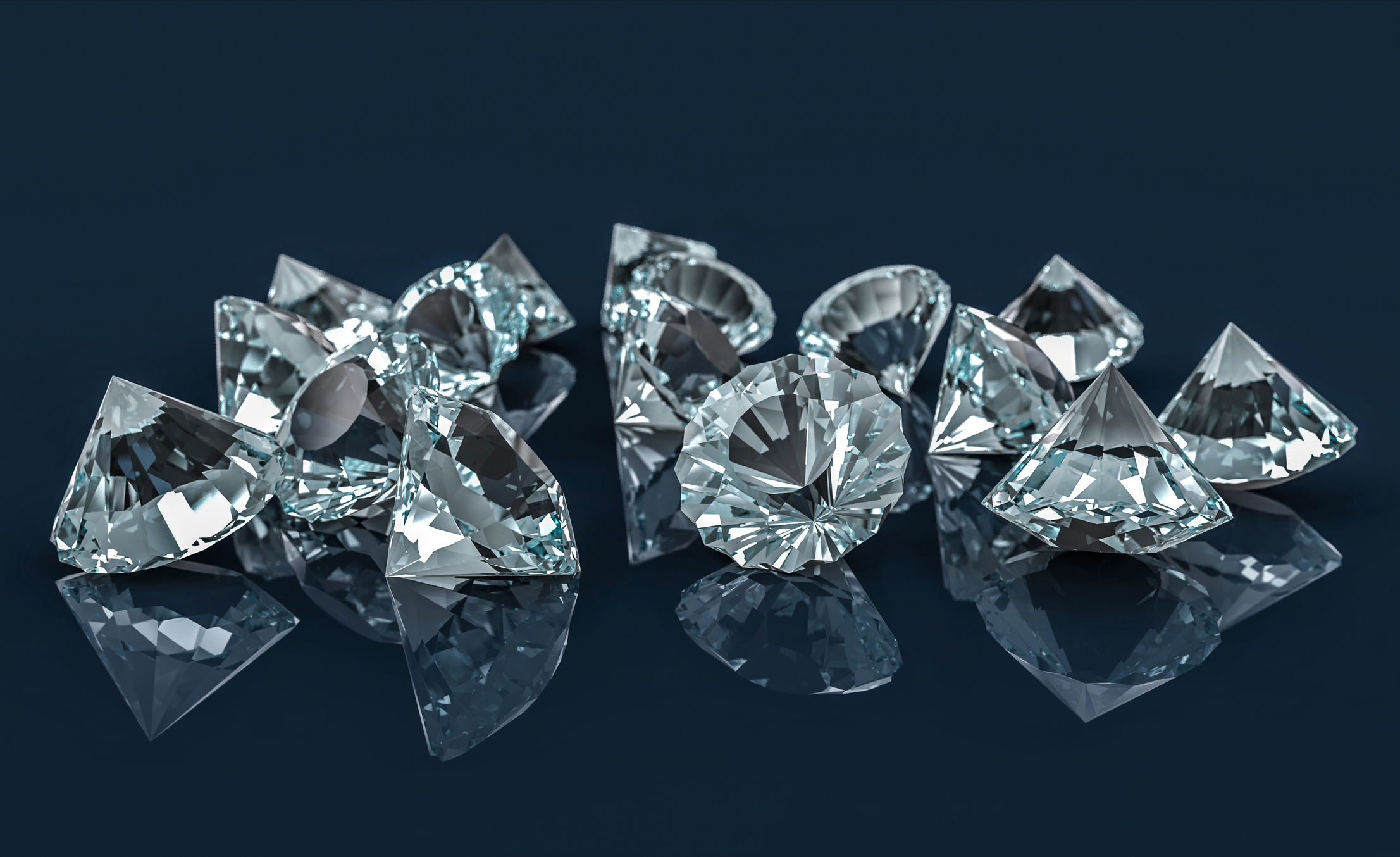Lab grown diamonds have revolutionized the jewelry industry with their ethical production and sustainable appeal. As these synthetic gems gain popularity, understanding the nuances of inclusions becomes crucial for both consumers and industry professionals.
Introduction to Lab Grown Diamonds
In recent years, lab grown diamonds have emerged as a viable alternative to natural diamonds, offering identical physical and chemical properties but with traceable origins and reduced environmental impact. Unlike mined diamonds, which form deep within the Earth over millions of years, lab grown diamonds are cultivated under controlled conditions in laboratories.
Understanding Diamond Inclusions
Diamond inclusions refer to internal flaws or imperfections within the gemstone. These can vary widely in nature and appearance, influencing both the diamond’s clarity and overall visual appeal. Inclusions are natural occurrences in diamonds, whether they are mined or lab grown.
Formation of Inclusions in Lab Grown Diamonds
During the growth process of lab grown diamonds, inclusions can form due to various factors such as the presence of gases, minerals, or other foreign particles within the growth environment. These factors can affect how inclusions manifest and their distribution within the diamond.
Types of Inclusions in Lab Grown Diamonds
Inclusions in lab grown diamonds can be categorized into metallic and non-metallic types. Metallic inclusions often include traces of metals like iron or nickel, while non-metallic inclusions can consist of minerals, crystals, or other substances that were present during the diamond’s growth.
Effects of Inclusions on Diamond Clarity
The presence of inclusions significantly impacts a diamond’s clarity grade, which is a key factor in determining its value and visual appeal. Diamonds with fewer and less visible inclusions typically receive higher clarity grades and are more desirable to consumers.
Identification and Grading of Inclusions
Gemologists use specialized tools and techniques to identify and grade inclusions in lab grown diamonds. These include microscopic examination, fluorescence testing, and other advanced methods to assess the nature and severity of inclusions present.
Inclusions vs. Blemishes
It’s important to differentiate between inclusions and blemishes in diamonds. Inclusions are internal flaws, whereas blemishes refer to external imperfections such as scratches or polish lines. Both can affect a diamond’s clarity but are assessed differently in grading.
Inclusions and Diamond Pricing
Inclusions play a significant role in determining the pricing of lab grown diamonds. Diamonds with fewer inclusions command higher prices due to their superior clarity and visual appeal. Consumers often prioritize clarity when making purchasing decisions.
Inclusions as Identification Markers
Inclusions can serve as unique identifiers for lab grown diamonds, distinguishing them from natural diamonds. The presence of specific types of inclusions or their absence can indicate the diamond’s origin and authenticity, providing transparency to consumers.
Inclusion Removal and Enhancement
Techniques for inclusion removal and enhancement exist in the diamond industry, although ethical considerations and adherence to industry standards are crucial. Consumers should be aware of any treatments applied to diamonds they purchase.
Technological Advancements in Inclusion Detection
Advancements in technology have revolutionized the detection and mapping of inclusions in diamonds. High-resolution imaging and sophisticated software enable gemologists to analyze and document inclusions with unprecedented accuracy, improving quality control.
Popular Lab Grown Diamond Brands and Their Inclusion Policies
Leading brands in the lab grown diamond market uphold strict inclusion policies to maintain quality and customer satisfaction. Consumer reviews often highlight transparency regarding inclusions and overall diamond quality as key factors in brand reputation.
Future Trends in Inclusion Management
Ongoing research and development aim to minimize or eliminate inclusions in lab grown diamonds entirely. Innovations in growth techniques and inclusion detection promise a future where inclusion-free diamonds may become more prevalent in the market.
Conclusion
Inclusions are integral to understanding the quality and value of lab grown diamonds. As consumer awareness grows, so does the demand for diamonds with minimal inclusions and superior clarity. By staying informed about the types, effects, and detection of inclusions, consumers can make well-informed decisions when purchasing lab grown diamonds, ensuring both satisfaction and confidence in their choice.

